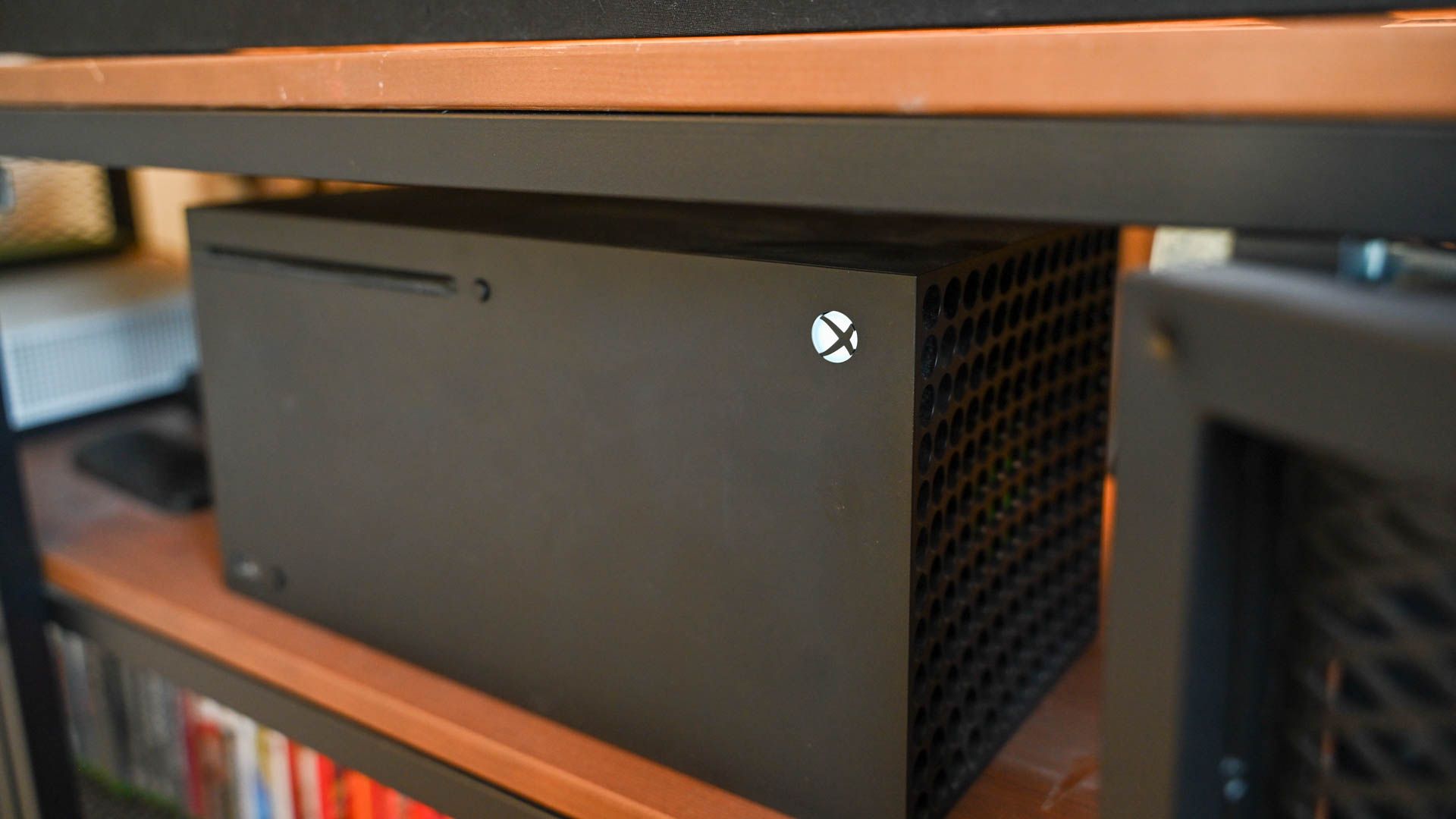Quick Links
Key Takeaways
Most Aftermarket cooling fans for Xbox or PlayStation provide negligible benefits due to their external placement and independent operation. Modern consoles are designed with efficient cooling systems and can manage heat effectively under most circumstances. Instead of purchasing additional fans, maintaining a well-ventilated, clean console environment is more beneficial.
The last thing you want is your gaming marathon cut short by a console that's too hot to handle. You might even be considering buying one of those aftermarket cooling fans to keep things chill, but is it really necessary?
What Console Cooling Fans Promise
The market is flooded with cooling fans designed specifically for popular gaming consoles like the Xbox and PlayStation. Advertisements for these fans promise to keep your console running cooler, prevent overheating, and extend the life of your gaming hardware. Some even claim to boost the console's performance, offering faster and smoother gaming experiences.

OIVO PS5 Stand Suction Cooling Station
This stand not only promises to cool your PS5, but help you organize your accessories and games.
They sound like a dream come true, right? Imagine being able to play your favorite games for hours on end, without worrying about your console turning into a miniature furnace. Unfortunately, the reality may not live up to the hype.
Why Most Cooling Fans Don't Do Much
The first thing to know is that not all cooling fans are created equal. Some cooling fans are more effective than others. However, the majority of aftermarket cooling fans provide negligible benefits. Why is this?
The reason lies in the design of these cooling fans. Many are designed to attach to the exterior of the console, blowing air onto the outer plastic shell. This is not very effective because the heat is generated inside the console, not outside. External fans have a hard time reaching the internal components where cooling is most needed.
Even if the cooler manages to force most of its air into a vent, or to extract air from an exhaust vent, this won't necessarily improve the console's thermals, and may actually make things worse as turbulence and vacuums are created inside the console it wasn't designed for.
Furthermore, these fans often operate independently of the console's built-in cooling system. They don't interact with the console's internal temperature sensors and can't adjust their speed based on the actual temperature of the console's components.
Modern Consoles Can Cool Themselves Just Fine
Modern consoles like the Xbox Series X and PlayStation 5 are engineering marvels. They're designed to work in a variety of conditions and have sophisticated cooling systems built right in. They feature multiple temperature sensors and smart fan control systems that adjust fan speed based on the current load and temperature.
When you're playing a demanding game, these systems work harder to keep the console cool. When you're streaming Netflix or browsing the web, they scale back to save energy and reduce noise. The result is a console that's capable of cooling itself efficiently under most circumstances.
If your console is actually overheating, you'll get a warning or, in some cases, the console will immediately shut itself off to prevent damage. In other words, if your console's own cooling system is failing, you need to fix the cooling system, not bolt more fans onto it!
While the PS5 and Xbox Series consoles are virtually silent, the Xbox One and PS4 generations of machines can become quite loud when the console gets hot. Again, if this happens often and developed over time, it's better to solve the root cause rather than adding aftermarket cooler.
This is where we get to the crux of the issue: the placebo effect. Unless your console is actually failing due to thermal issues before you hook up one of these coolers, you have no way of actually knowing whether they make a difference or not. If your console was running just fine before, then if it continues to run exactly the same post-cooler, how would you know?
What to Do With a Noisy or Hot Console
If you've noticed that your console is noisy or feels hot to the touch, don't panic just yet. It's normal for consoles to get warm or even hot during intense gaming sessions, and the fans can get quite loud when they're working hard. Again, as long as your console isn't shutting down or displaying overheating warnings.
However, there are a few things you can do to help your console stay cool. First, make sure it's in a well-ventilated area. Don't put it in a closed cabinet or stack other electronics on top of it. Give it plenty of space to breathe. All of the vents must be clear of obstruction and have a few inches of clearance.
Second, keep it clean. Dust can clog the vents and insulate the console, trapping heat inside. Regularly dusting the vents and using compressed air to blow out any accumulated dust can make a big difference. The PS5 actually has dedicated dust ports you can vacuum.
Finally, if you're really concerned about your console's temperature, you might consider a thermal paste upgrade. This involves opening up your console and replacing the stock thermal paste with a high-quality alternative. It's a more involved process but can significantly improve heat transfer between the console's components and its cooling system. The same goes for replacing your console's fans with new ones if the bearings have failed or the motor is slowly losing RPMs.
We strongly recommend letting a professional technician do these types of work on your (out of warranty) console. The PS5, for example, uses liquid metal as thermal interface material, and if you replace it incorrectly it can wreck the entire machine!
So, do you need a cooling fan for your Xbox or PlayStation? In most cases, the answer is no. Your console's built-in cooling system is more than capable of handling the heat. Just keep it clean, well-ventilated, and replace its cooling components when they fail.

